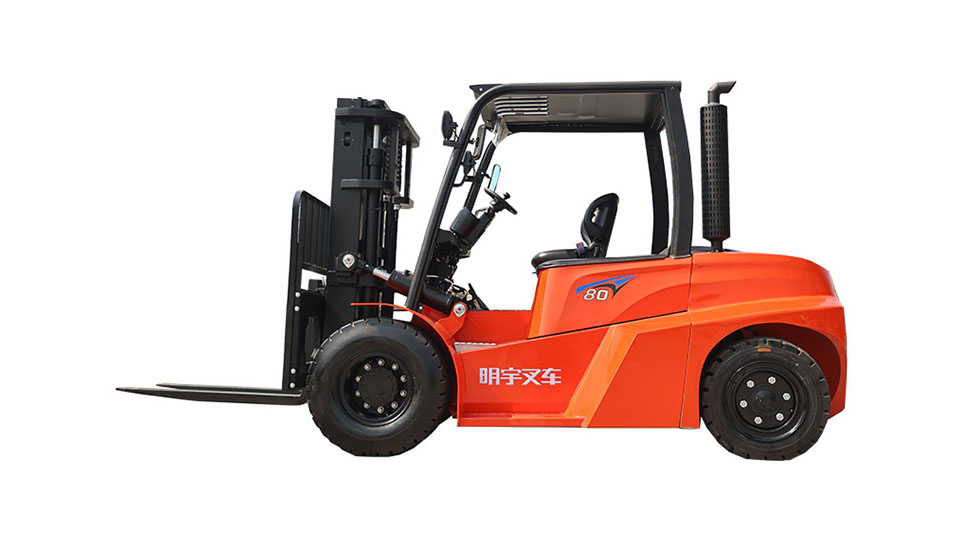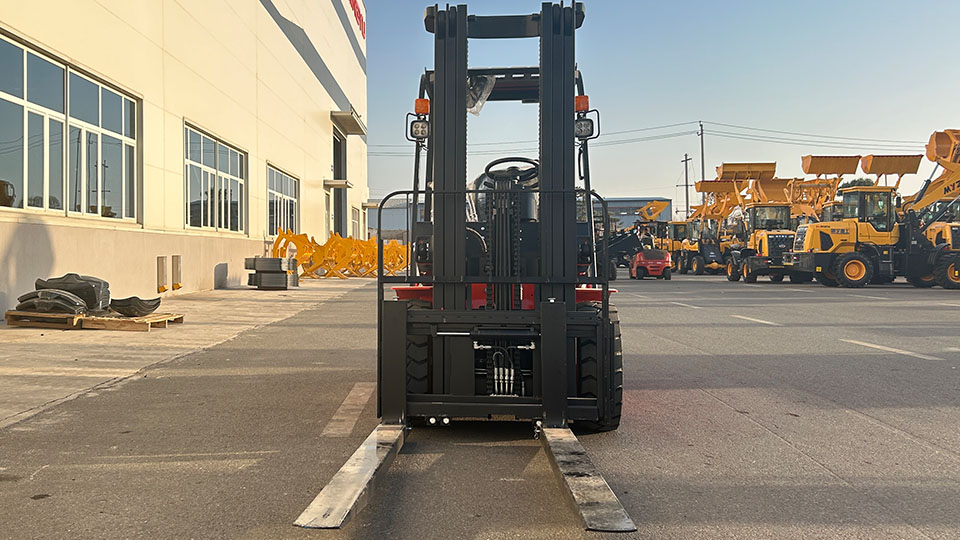
Forklifts are essential tools in warehouses, construction sites, and industrial environments, significantly enhancing material handling efficiency. However, they also pose substantial risks if not operated correctly. According to OSHA, forklift accidents cause approximately 85 fatalities and 34,900 serious injuries annually in the United States. Understanding the main causes of these injuries is crucial for implementing effective safety measures and reducing accident rates.
1. Forklift Rollovers or Tip-overs
Rollovers are one of the most dangerous types of forklift accidents, accounting for 24% of all forklift incidents but 42% of recorded injuries. These accidents typically occur due to:
Excessive Speed: Driving too fast, especially around corners, shifts the forklift's center of gravity and increases the risk of tipping.
Overloading: Exceeding the forklift's load capacity destabilizes the vehicle.
Poor Load Balance: Unevenly distributed loads can cause instability.
Uneven Surfaces: Operating on rough or sloped terrain can lead to sudden shifts in weight.
To prevent rollovers, operators should always drive at safe speeds, ensure proper load distribution, and avoid uneven surfaces.
2. Pedestrian Collisions
Pedestrian collisions are another major cause of forklift-related injuries, with roughly 20% of incidents involving pedestrians but accounting for 36% of fatalities. These accidents often occur when:
Pedestrians are pinned against stationary objects: This accounts for 25% of all forklift injuries.

Forklifts strike or run over pedestrians: This accounts for 11% of injuries.
Pedestrians are crushed between two vehicles: Another 11% of injuries.
Falling loads strike pedestrians: This accounts for 8% of injuries.
To mitigate these risks, workplaces should implement physical barriers, use warning lights and alarms, install mirrors to eliminate blind spots, and enforce strict speed limits. Additionally, operators must remain vigilant and avoid distractions.
3. Falling Loads
When loads fall from a forklift, both operators and pedestrians are at risk of injury. Common causes include:
Improperly secured loads: Loose items must be carefully secured.
Unbalanced loads: Loads should always be centered.
Damaged or bent forks: These can compromise stability.
Abrupt movements: Sudden lifting, lowering, or tilting of the mast can cause loads to shift.
To prevent falling loads, operators should ensure proper load securing, use load backrests, and avoid sudden movements.
4. Personnel Falling From Forks
Using a forklift to lift people is extremely dangerous and can result in severe injuries or fatalities. Forklifts are not designed for this purpose, and riding on the forks can easily lead to falls. To prevent such accidents, personnel should never ride on the forks; instead, aerial lifts or other appropriate equipment should be used.
5. Emissions Poisoning
Operating forklifts with combustion engines in enclosed spaces can lead to the buildup of toxic fumes, causing poisoning. Additionally, lead-acid batteries can emit hazardous fumes during charging. To prevent emissions poisoning:
Use lithium-ion forklifts for indoor applications.
Charge lead-acid batteries in well-ventilated areas.
Avoid excessive idling in enclosed spaces.
Use carbon monoxide monitors.
Maintain forklifts regularly.
6. Overloading
Exceeding a forklift's load capacity can cause instability and lead to tip-overs. Operators must always adhere to the maximum load capacities specified on the forklift's data tag.
7. Poor Visibility
Operating a forklift with an obstructed view can lead to collisions with objects or pedestrians. To improve visibility, operators should:
Keep the load low.
Use mirrors and cameras.
Ensure proper lighting in the workplace.

8. Inadequate Training
Operators without proper training are more likely to make mistakes that can lead to accidents. Comprehensive training programs, including both theoretical and practical components, are essential for ensuring safe forklift operation.
9. High Speeds
Driving a forklift too fast, especially with a load, can reduce control and increase the risk of tipping or collision. Operators must always adhere to speed limits and drive at a pace that allows for safe maneuvering.
10. Inadequate Maintenance
Failing to maintain a forklift properly can lead to equipment failures, such as brake malfunctions or steering issues. Regular inspections and maintenance are crucial for ensuring the safe operation of forklifts.
Conclusion
Forklifts are powerful tools that significantly enhance productivity in industrial settings. However, they also pose significant risks if not operated correctly. The main causes of forklift-related injuries include rollovers, pedestrian collisions, falling loads, improper lifting of personnel, emissions poisoning, overloading, poor visibility, inadequate training, high speeds, and insufficient maintenance. By understanding these risks and implementing appropriate safety measures, workplaces can significantly reduce the likelihood of forklift accidents and protect the well-being of their employees.
Name: selena
Mobile:+86-13176910558
Tel:+86-0535-2090977
Whatsapp:8613181602336
Email:vip@mingyuforklift.com
Add:Xiaqiu Town, Laizhou, Yantai City, Shandong Province, China